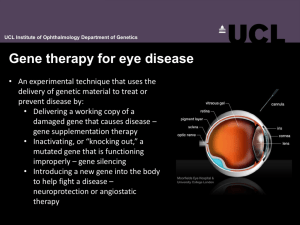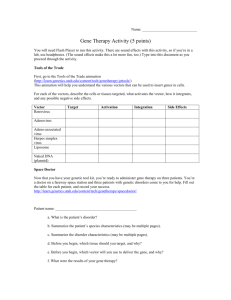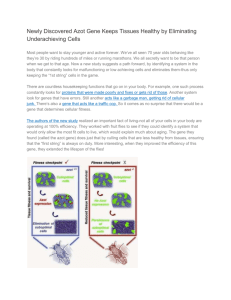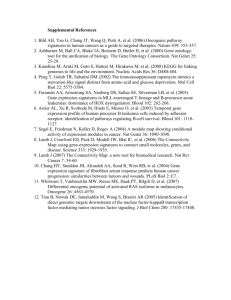Gene therapy for OTC: Are AAV vector
advertisement
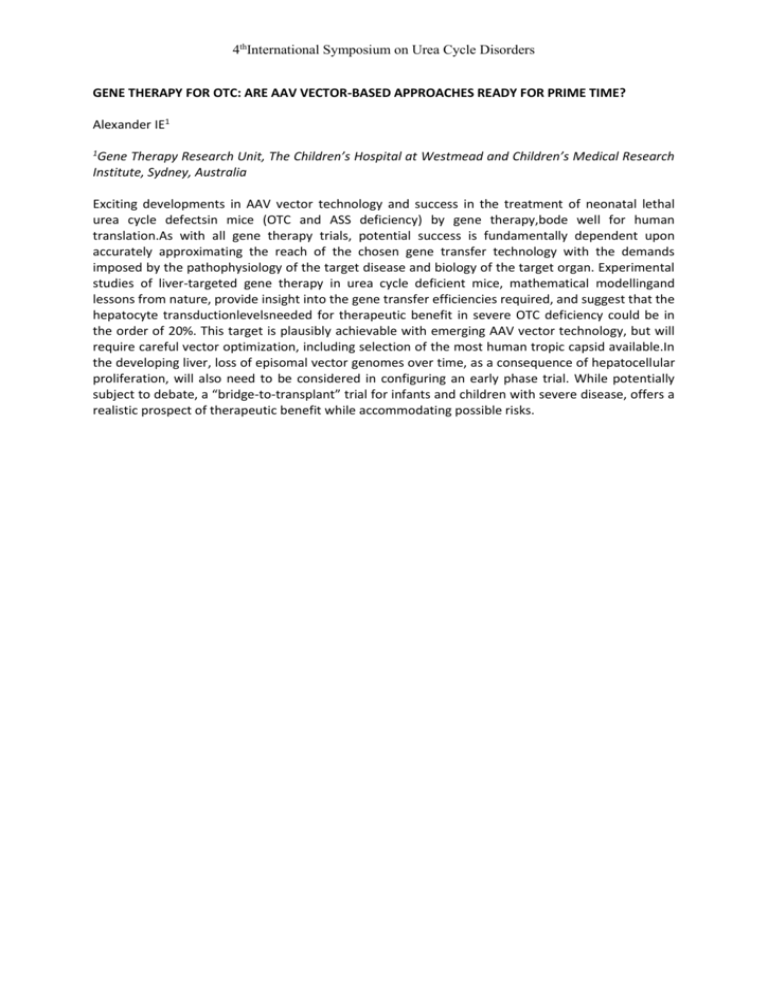
4thInternational Symposium on Urea Cycle Disorders GENE THERAPY FOR OTC: ARE AAV VECTOR-BASED APPROACHES READY FOR PRIME TIME? Alexander IE1 1 Gene Therapy Research Unit, The Children’s Hospital at Westmead and Children’s Medical Research Institute, Sydney, Australia Exciting developments in AAV vector technology and success in the treatment of neonatal lethal urea cycle defectsin mice (OTC and ASS deficiency) by gene therapy,bode well for human translation.As with all gene therapy trials, potential success is fundamentally dependent upon accurately approximating the reach of the chosen gene transfer technology with the demands imposed by the pathophysiology of the target disease and biology of the target organ. Experimental studies of liver-targeted gene therapy in urea cycle deficient mice, mathematical modellingand lessons from nature, provide insight into the gene transfer efficiencies required, and suggest that the hepatocyte transductionlevelsneeded for therapeutic benefit in severe OTC deficiency could be in the order of 20%. This target is plausibly achievable with emerging AAV vector technology, but will require careful vector optimization, including selection of the most human tropic capsid available.In the developing liver, loss of episomal vector genomes over time, as a consequence of hepatocellular proliferation, will also need to be considered in configuring an early phase trial. While potentially subject to debate, a “bridge-to-transplant” trial for infants and children with severe disease, offers a realistic prospect of therapeutic benefit while accommodating possible risks.





